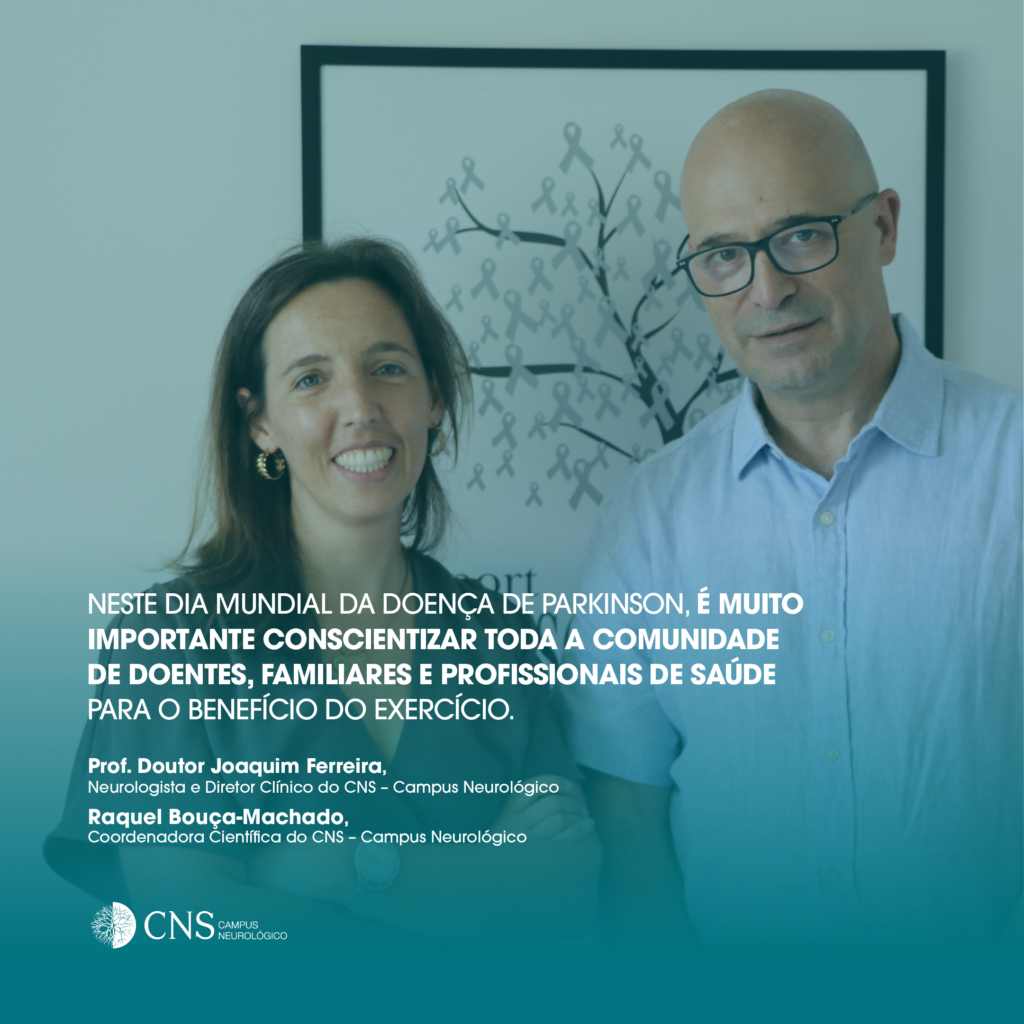On World Parkinson’s Day, we must highlight the fundamental role of exercise in the therapeutic approach to this disease.
Parkinson’s disease is a neurological disease that causes slowing of movements, often associated with the presence of tremor and rigidity. Although there is still no treatment available that prevents, cures or slows the progression of the disease, studies in animal models and in people with the disease consistently suggest that exercise can improve symptoms and slow its progression.
Although the exact mechanism by which exercise improves the symptoms of Parkinson’s disease is not yet fully understood, it is known that it acts on multiple brain areas and on several neurotransmitter systems.
Several types of physical activity have been shown to be beneficial in Parkinson’s disease, including walking, dancing, cycling, swimming, boxing, tai-chi, virtual reality, among other types of exercise. In addition to the overall benefits of exercise for cardiovascular capacity and mood, activities specific to Parkinson’s disease can also improve gait (including episodes of gait blockage) and balance, reducing the risk of falls.
In simple terms, we can say that the “best” exercises are aerobic (e.g. walking at a brisk pace) and those that require greater range of movement of the limbs (e.g. boxing, table tennis). Some types of exercise, such as dancing, allow for the combination of physical and mental activity, which seems to induce additional benefits in terms of motor and intellectual abilities.
Although the benefits of exercise are now widely accepted, it continues to be little recommended or only recommended in later stages of the disease. Given that implementing exercise habits requires a change in lifestyle, it should be prescribed as early as possible, ideally from the moment of diagnosis.
On this World Parkinson’s Day, it is very important to raise awareness among the entire community of patients, family members and healthcare professionals about the benefits of exercise.
Exercise should be part of the standard treatment of the disease and should be prescribed in the same way as other medications for Parkinson’s disease.
Prof. Doctor Joaquim Ferreira, Neurologist and Clinical Director of the CNS – Neurological Campus
Raquel Bouça-Machado, Scientific Coordinator of the CNS – Neurological Campus
